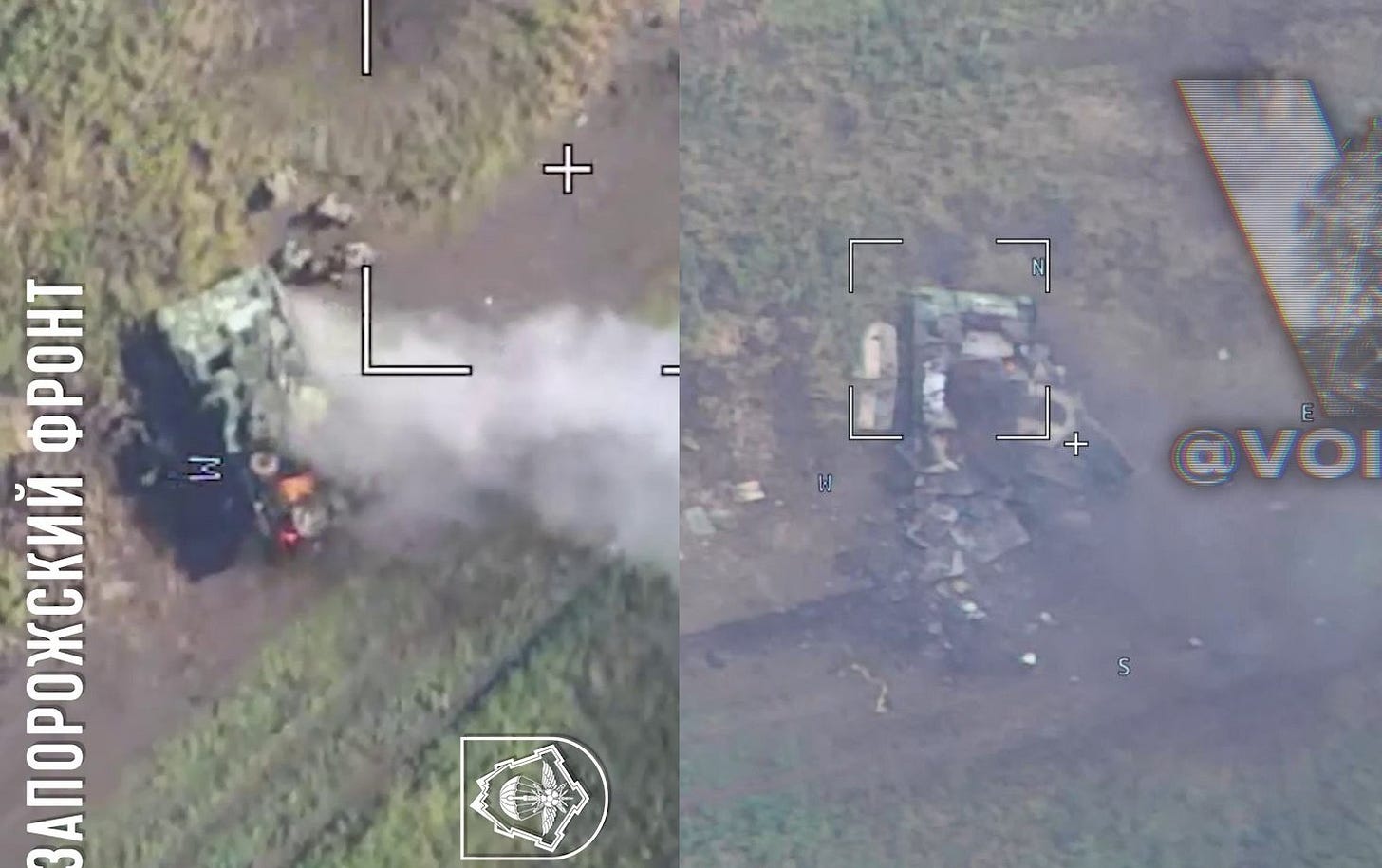Mines, Machinery, and Manpower in Ukraine
'Like cockroaches, we’ll find a way through, because our lives depend on it'
The Economist recently interviewed Ukrainian combat engineers fighting in Zaporizhzhia who “say progress would be much faster if Ukraine had sufficient engineering equipment and air cover to make a mechanical push viable.” As I have explained for paying subscribers in recent weeks, combined arms breakthrough require…
Keep reading with a 7-day free trial
Subscribe to Polemology Positions to keep reading this post and get 7 days of free access to the full post archives.


